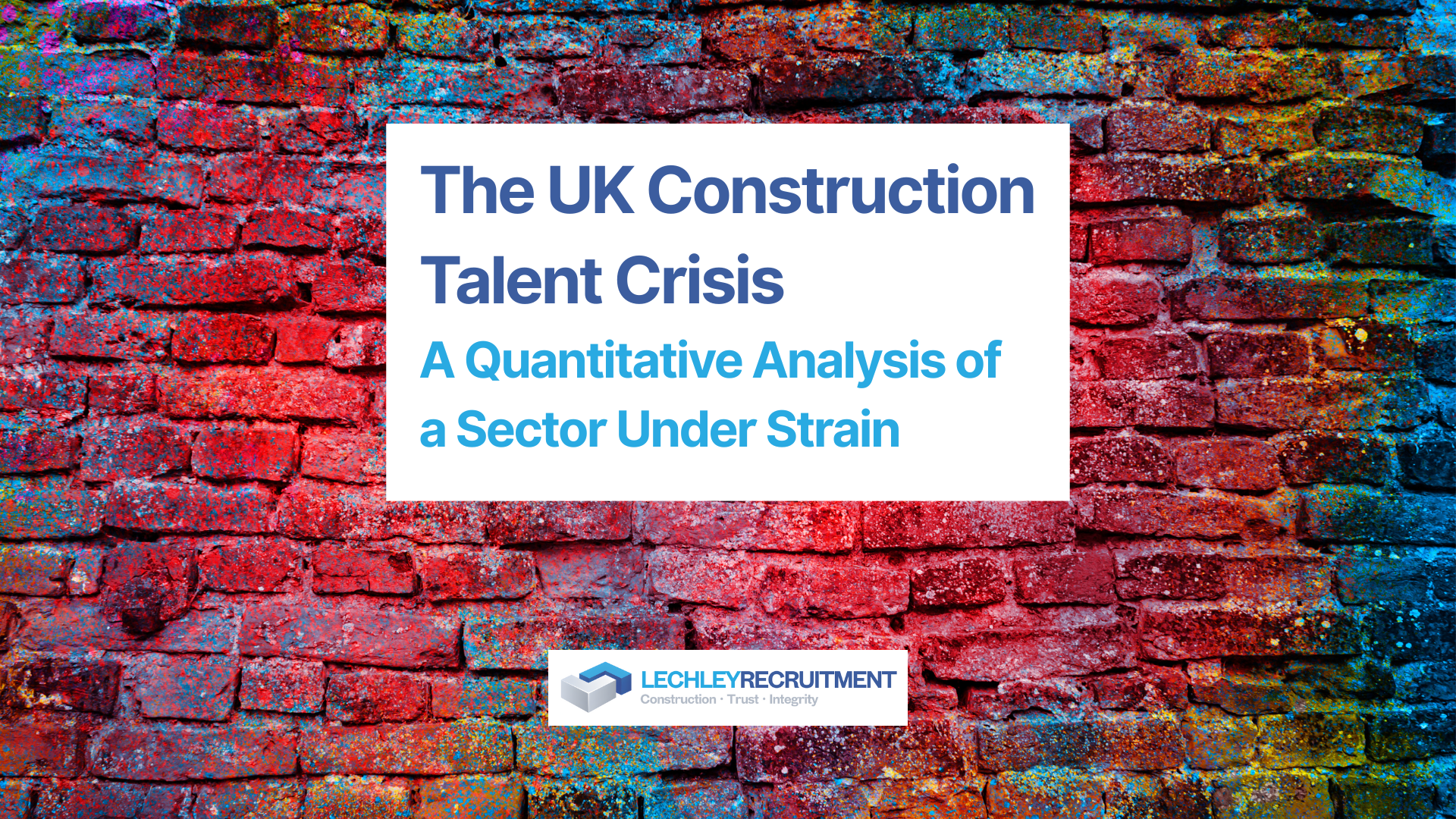Crystal Palace eyes late 2022 start for £100m stadium expansion
Crystal Palace FC is expecting to begin a long-awaited stadium expansion at the end of next year.
The 8,000-seat extension to the Main Stand at Selhurst Park, which would see the ground’s total capacity reach 34,000, is moving forward as the club is ready to purchase six nearby properties from Croydon Council, which are crucial to the job.
A report published this week by My London suggests the expansion has been held back by a section 106 agreement, which is now set to be signed at the end of this year. The section 106 will set the level of the club’s contribution to local community and infrastructure projects, and needs to be agreed before the houses can be purchased.
The club is also in discussion with Sainsbury’s over the purchase of land from a nearby supermarket.
Crystal Palace got the go-ahead for the expansion – expected to be worth between £75m and £100m – in 2018, with the Premier League club set to replace the six affordable homes, which it will demolish, with six new residential units, five of which will be purchased by the council.
Residents also need to be given 12 months’ notice to move out of their houses. Initially, the club had expected the newly expanded stadium to be ready for the beginning of the 2021/22 football season, which started in August.
Crystal Palace is also set to develop 550 square metres of restaurant and retail space as part of the job, and will extend the pitch by around four metres, to give it the dimensions needed to host international matches.
A spokesperson for the club said it was always clear that a section 106 agreement would be needed before the expansion plans could proceed, and that the club had instead decided to focus on a project to expand its academy buildings, which opened last month. The focus is now on the stadium expansion, they added. A main contractor has yet to be announced.
A Sainsbury’s spokesperson said: “We are actively engaged with the owners of Crystal Palace FC. We’re listening to their concerns and have shared a proposal, which we believe presents a favourable and logical way forward. We have always been happy to progress the sale of the land at a fair market value.”
Liverpool’s £60m plan to expand its Anfield Road stand was approved by Liverpool City Council in June. Buckingham Group is set to deliver the job.
Liverpool is joined by city rival Everton FC, which got the green light for its new £505m stadium in March. Laing O’Rourke is the main contractor for the build on Bramley-Moore Dock, and it expects to complete construction in 2024.





